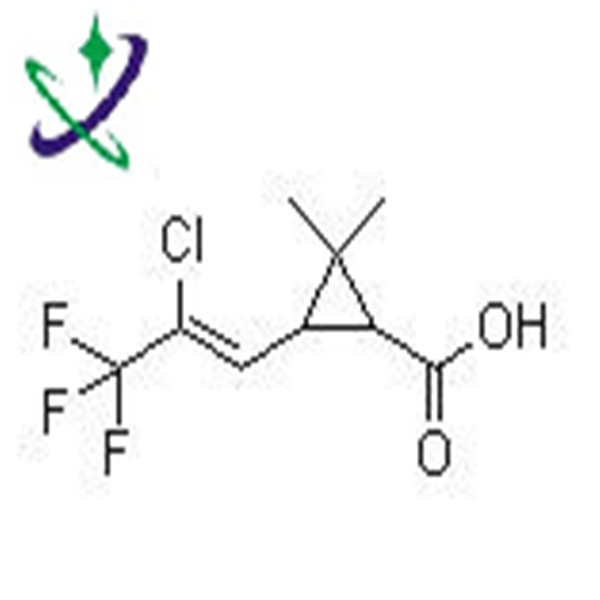Dimethyl carbonate CAS:616-38-6
Dimethyl carbonate (DMC), a chemical raw material with low toxicity, excellent environmental protection performance and wide application, is an important intermediate for organic synthesis. Its molecular structure contains functional groups such as carbonyl, methyl and methoxy, and it has various reactivity. It has the characteristics of safe use, convenience, less pollution and easy transportation in production. Dimethyl carbonate is a promising “green” chemical product because of its low toxicity.
Molecular formula: C3H6O3; (CH3O)2CO ; CH3O-COOCH3
Molecular weight: 90.07
CASNo.: 616-38-6
EINECS number: 210-478-4
Nature use The excellent properties and special molecular structure of DMC determine its wide application, which can be summarized as follows:
Replace folded phosgene as carbonylation agent.
Although phosgene (Cl-CO-Cl) has high reactivity, its highly toxic and corrosive by-products make it face great environmental pressure, so it will be gradually eliminated. DMC(CH3O-CO-OCH3) has a similar nucleophilic reaction center. When the carbonyl group of DMC is attacked by nucleophiles, the acyl-oxygen bond breaks to form carbonyl compounds, and the by-product is methanol. Therefore, DMC can replace phosgene as a safe reaction reagent to synthesize carbonic acid derivatives, such as carbamate pesticides, polycarbonates, isocyanates, etc., among which polycarbonate will be the field with the largest demand for DMC. It is predicted that in 2005.
Replace folded dimethyl sulfate as methylating agent.
For reasons similar to phosgene, dimethyl sulfate (CH3O-SO-OCH3) is also facing the pressure of elimination. When the methyl carbon of DMC is attacked by nucleophiles, its alkyl-oxygen bond is broken and methylated products are also generated. Moreover, the reaction yield of DMC is higher and the process is simpler than that of dimethyl sulfate. The main uses include synthesizing organic intermediates, pharmaceutical products, pesticide products, etc.










